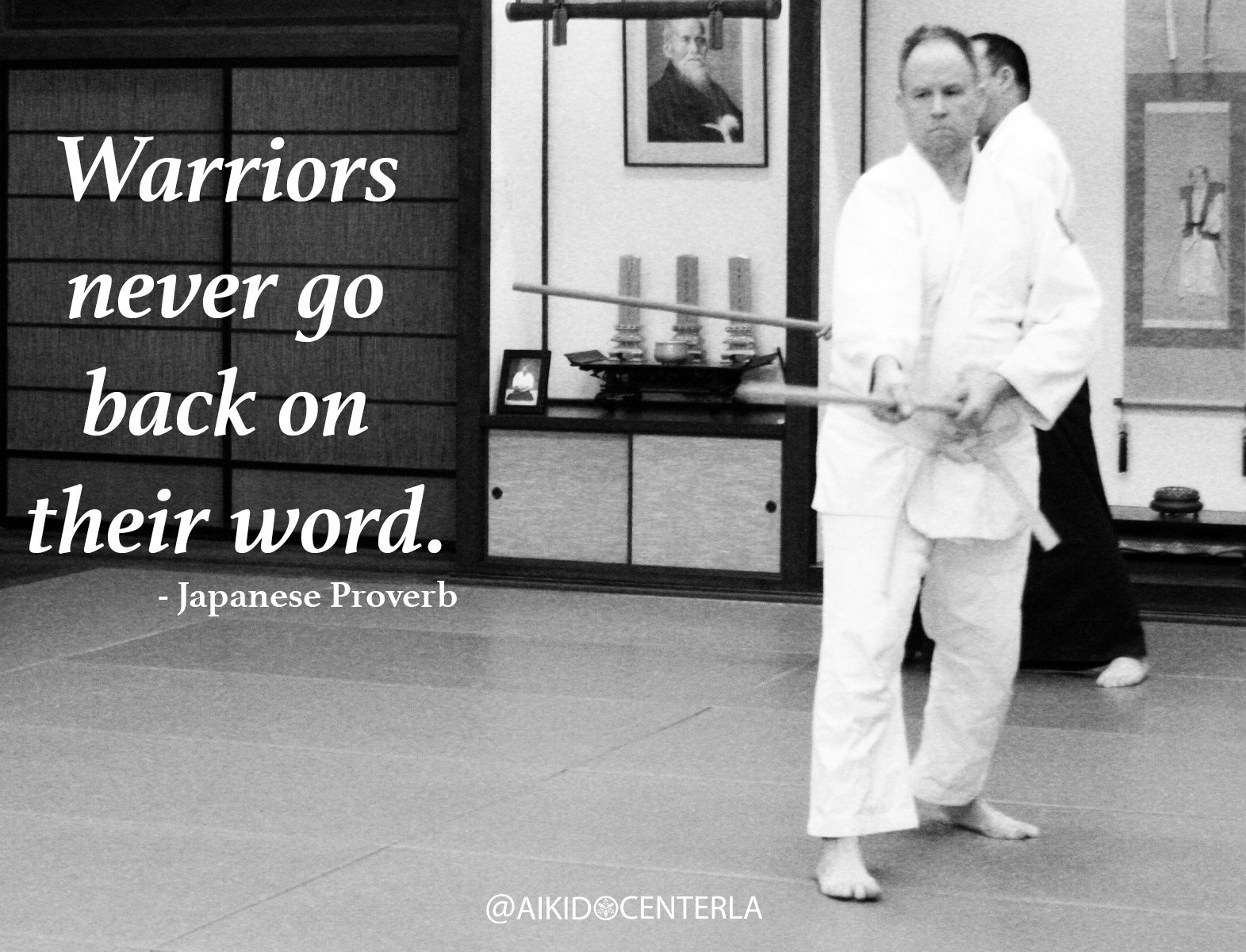The best martial artist knows how to pay attention. In Japanese, “to pay attention” can either be mewotomeru (目を留め) or kinitomeru (氣に留める) which literally means for one’s eyes or energy “to stop.” Learning in all traditional Japanese arts is referred to as minarai keiko (見習い稽古) or “To watch and learn.” It is said that the teacher only teaches us 50%. The other half, we have to learn on our own. In order to learn the other half, we have to learn how to learn and part of that is learning how to pay attention. Minarai literally means “to learn how to see.” Learning how to see is a euphemism for paying attention. A person who can pay attention is able to see or ascertain the subtlest details which they can then use to create minor changes which yield much larger benefits. There are four levels of paying attention: unawareness, hyper-focus, awareness, and mindfulness. Most normal people live in unawareness. Hyper-focus is next to unawareness because to be so focused that we are unaware of our surroundings is dangerous and it is also partly based upon ego and that is why it’s just as bad being unaware. In order to improve, we have to become aware of ourselves and that means learning to care enough about what it is we are doing to want to improve. Awareness is the gateway to change. When we get good at being aware of ourselves, others, and our surroundings, that leads us to mindfulness. Being mindful is a state of awareness where we can see the smallest and seemingly insignificant detail and understand how it figures into the big picture but at the same time, we are still aware of what is going on around us. Mindful.org defines mindfulness as “The basic human ability to be fully present, aware of where we are and what we’re doing, and not overly reactive or overwhelmed by what’s going on around us.” When we have mastered mindfulness or the ability to see, every person and anything can become our teacher and at that point we can begin to fulfill that other 50% of learning. That is why the best martial artist knows how to pay attention.
Today’s goal: Don’t sleepwalk through life. What can you pay better attention to?
Watch this video of Sesame Street teaching the art of paying attention























